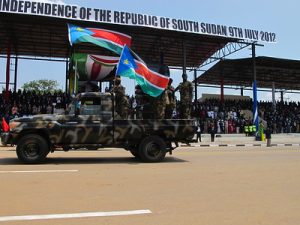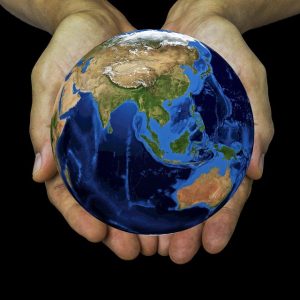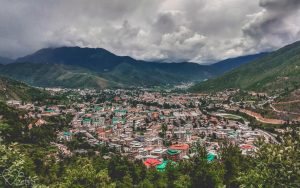
The United Nations (UN) currently comprises of 193 countries as well as the observer state of the Vatican. However, the number of countries in the world is ever-dynamic. New countries are established when they choose to split from an existing country. Alternatively, they may come into being after a sovereign state is dissolved. Thirdly, sovereign nations may be formed from lands that were the former territories of a mother country. The globally acknowledged final step in becoming a sovereign state is unanimous recognition by all members of the United Nations. Since 1990, there have been 34 newly formed countries that have achieved such recognition.
Here’s a short narrative on the establishment of the world’s five newest countries:
South Sudan (2011)
The East African country of South Sudan is the world’s youngest sovereign state. The mostly Christian indigenous region declared independence from its northern largely arab-muslim neighbour Sudan, on 9 July 2011. The split came after decades of civil war between the warring factions. However, following only some two and half years of independence, the fledgling country became embroiled in its own civil war. The ongoing conflict has seen South Sudan remain one of the most fragile, poorest and least developed nations on the planet.

Photo credit: Flickr/CC BY-NC-ND 2.0
Kosovo (2008)
The mostly ethnic Albanian-Muslim country of Kosovo declared its independence from Serbia on 17 February 2008. Following the gradual dissolution of the former Federal Republic of Yugoslavia from 1992 onwards, its remnants were renamed Serbia and Montenegro in 2003. Serbia itself as a sovereign state was only established in 2006, following a mutually agreed split with Montenegro. While Serbia has begun to normalise relations with the Kosovan government in recent years, they still do not recognise the country’s sovereignty. Currently (Dec 2023), the state of Kosovo is still only recognised by about half of the United Nation’s 193 members.
Montenegro (2006)
From 1991 onwards, the states of Bosnia and Herzegovina, Croatia, Macedonia, Montenegro, and Slovenia broke away from the troubled country of Yugoslavia. On 4 February 2003, the remnants of the former Republic were renamed Serbia and Montenegro. However, the union of Serbia and Montenegro itself proved unstable. The two states mutually agreed to break up following a referendum held in Montenegro on 21 May 2006. The country, backed by 55.5% of voters, declared independence from Serbia on 3 June 2006, with UN membership following soon afterwards.
Timor-Leste (2002)
Timor-Leste, also known as East Timor, comprises of the eastern half of the island of Timor. The western part of the island comes under the jurisdiction of Indonesia. East Timor had been a Portuguese colony for some four centuries before declaring independence in 1975. However, the ongoing internal conflict within the ethnic-divided country led to an immediate invasion by Indonesian forces. The neighbouring country ruled East Timor until 1999 when a self-determination settlement was finally agreed upon. On 20 May 2002, Timor-Leste became the first new sovereign state of the 21st century.
Palau (1994)
The western Pacific nation of Palau consists of some 340, mostly uninhabited, coral and volcanic islands. It is thought to have been first settled about 3,000 years ago. Western Jesuit missionaries first arrived on the islands in the early 18th century. The country became part of the Spanish East Indies in 1885, transferring to German ownership in 1899. Control of the islands passed to Japan during WWI and later to the United States during WW2. In 1947, Palua formally came under US control as part of the UN-backed Trust Territory of the Pacific Islands. The country officially became a sovereign state on 1 October 1994.
Header image credit: Flickr/CC BY-SA 2.0





